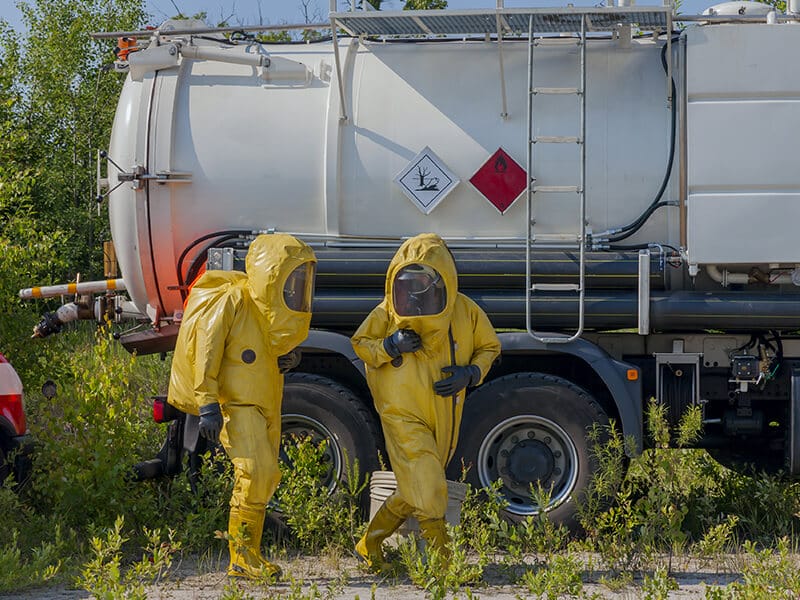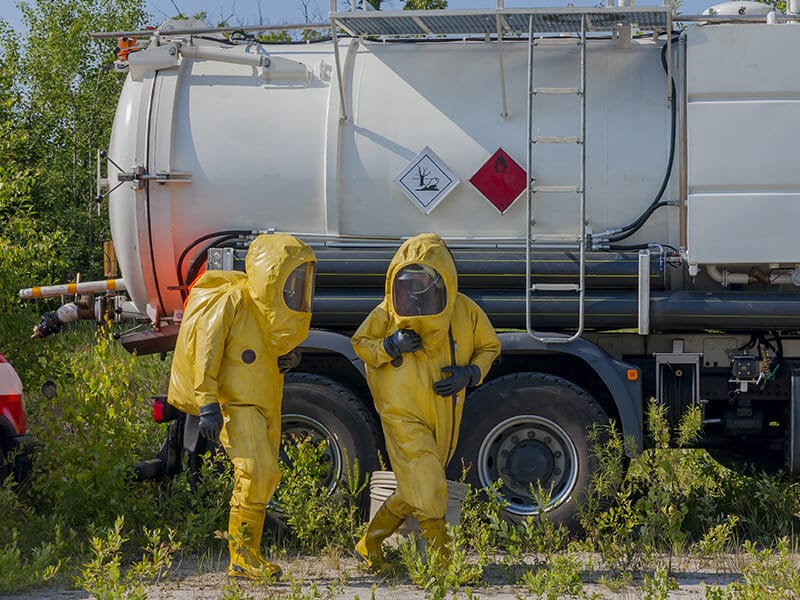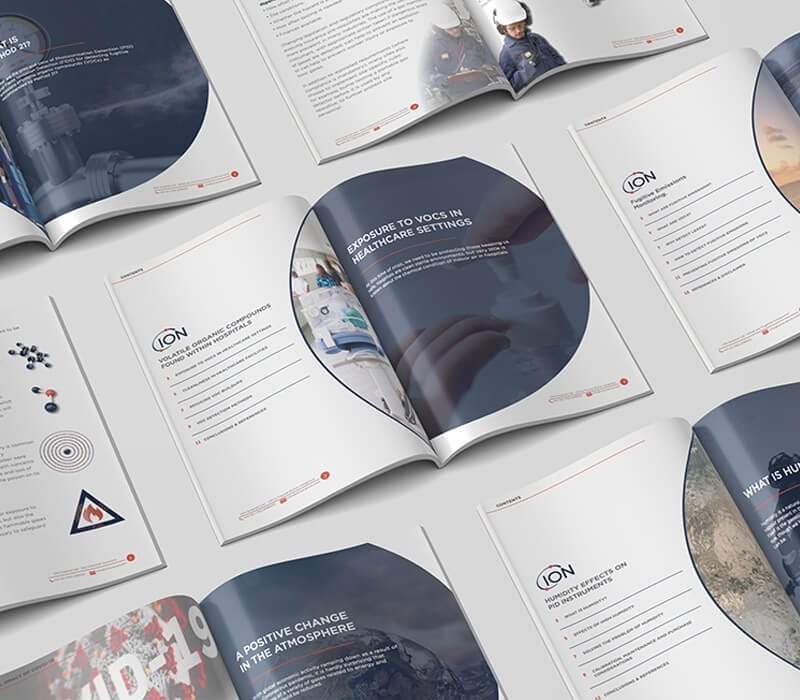

Consultancy
Gas detectors for Consultancy
Our instruments are capable of detecting VOC at low levels and can log data with ease. They can also be used with incredibly humid soil samples so the effects of moisture are massively reduced. Once logged, the data can be extracted at a later date which can then be built into a report. Producing a report has never been easier with our intuitive data management software package.
Download our FREE Guide
“HAZMAT Spill Response”
The HAZMAT spill response guide which can be downloaded below provides the reader with an in-depth balance of knowledge of the procedures and the power of PID in the event of a hazardous material cleanup. When a Hazardous Materials (HAZMAT) response team arrives at the scene of any incident or accident involving hazardous materials there are many unknown factors which initially need to be identified, so it is critical that First Responders tackle each incident in an accurate and systematic way.

Consultancy Applications
Arson Investigation
Investigations of fire-damaged sites may have many objectives, including the collection of evidence where arson may be suspected, or the establishment of a likely cause where issues of public safety may arise. Arson investigations may be particularly challenging, because evidence is likely to be destroyed in the fire or contaminated in firefighting operations.
Investigative work will focus on the ‘fire triangle’ of oxygen, fuel, and source of heat or ignition, and in cases of arson at least one of these will have been tampered with. A fire accelerant such as petrol/gasoline or other liquid fuel may have been used, and traces of these can remain detectable even after a major conflagration. Highly-trained sniffer dogs are a traditional resource used in these cases, but these animals may not be available when needed and have limited reporting powers.
Handheld VOC detectors from Ion Science use the most advanced photoionisation detection (PID) technology to identify trace quantities of volatile organic compounds and hydrocarbon residues. These devices can be deployed rapidly and safely, testing areas such as between floorboards and under carpets where residual traces of accelerant or ignitable liquid residue (ILR) may remain.
Where positive indications of accelerant or ILR are discovered, samples should be taken and carefully stored for subsequent laboratory analysis, often by headspace sampling and gas chromatography.
Decontamination

The role of the consultant in decontamination operations will be determined by a number of factors, and will generally involve maintaining a neutral independent position and adding specific expertise to the activities.
The consultant may be required to provide an overview of the situation and compile unbiased reports, during decontamination and afterwards. They may also be expected to verify that pre-existing contamination management plans and decontamination operating procedures are properly understood and implemented.
In order to provide truly independent assessments and measurements, the consultant will usually be expected to provide their own VOC detection and measurement instruments. They should also provide their own personal protective equipment (PPE) as appropriate to the job at hand.
In large scale outdoor decontamination operations, it may be necessary to establish and monitor a safe perimeter. The speed and accuracy of Tiger, a handheld volatile organic compound detector, makes it an obvious choice for this task. Tiger can detect a huge range of VOCs at concentrations as low as one part per billion (0.001 ppm) and offers powerful data logging capabilities.
Where soil contamination has occurred, samples will be collected in suitable containers. Plastic bags for this purpose should be of a material which does not itself emit VOCs, otherwise readings will be skewed. Headspace sampling can be conducted on sealed bags after a short outgassing period, and duplicate samples may be dispatched to the laboratory for more detailed analysis.
Specific gases and volatile substances may be better detected and measured with a more specialised Ion Science instrument. Specifically, fuel gas can be detected by the GasCheck G, while mercury vapours are detected by the MVI mercury vapour detector. Helium leaks from hospital MRI scanners can be detected using the GasCheck Tesla.
In any decontamination operation, attention must be paid to maintaining the health and safety of all personnel. The Cub personal VOC monitor is a lightweight wearable detector which can be attached to clothing or protective gear, which provides a continual count of an individual’s total VOC exposure.
Occupational Hygiene
Increasing concern about the impact of industrial operations on the environment, the wellbeing of operatives, and the health and safety of local residents means that occupational hygiene is a growing market for specialists and consultants.
Consultancy operations may embrace a wide range of issues, with indoor and outdoor air monitoring for VOCs and odours among the most frequently demanded. Ion Science’s range of portable and handheld VOC detectors with patented PID technology offer speed and accuracy for the detection of volatile organic compounds and many other fugitive gases, without the inconvenience, delays, and cost of disposable detection devices.
This makes them a popular choice for environmental consultants, who also appreciate the advantages of easy data collection and downloading for subsequent analysis and reporting.
Gas Detectors and Leak Detectors for Consultants

What our Consultancy customers say
View Case StudyView All Case StudiesView All Testimonials”The Tiger LT instrument is working well and enables us to provide a more comprehensive risk assessment of on-site contamination and the associated human health risk.
Molly Brown, Geo-environmental Engineer at IGE Consulting:
Industry Guides
ION Science has a wealth of knowledge of gas detection technologies across many diverse industries and applications. This information has been collated into useful industry guides for you to download.
Please click the link below to view our range of industry resources:

Video Library
View all Videos











 United Kingdom
United Kingdom






